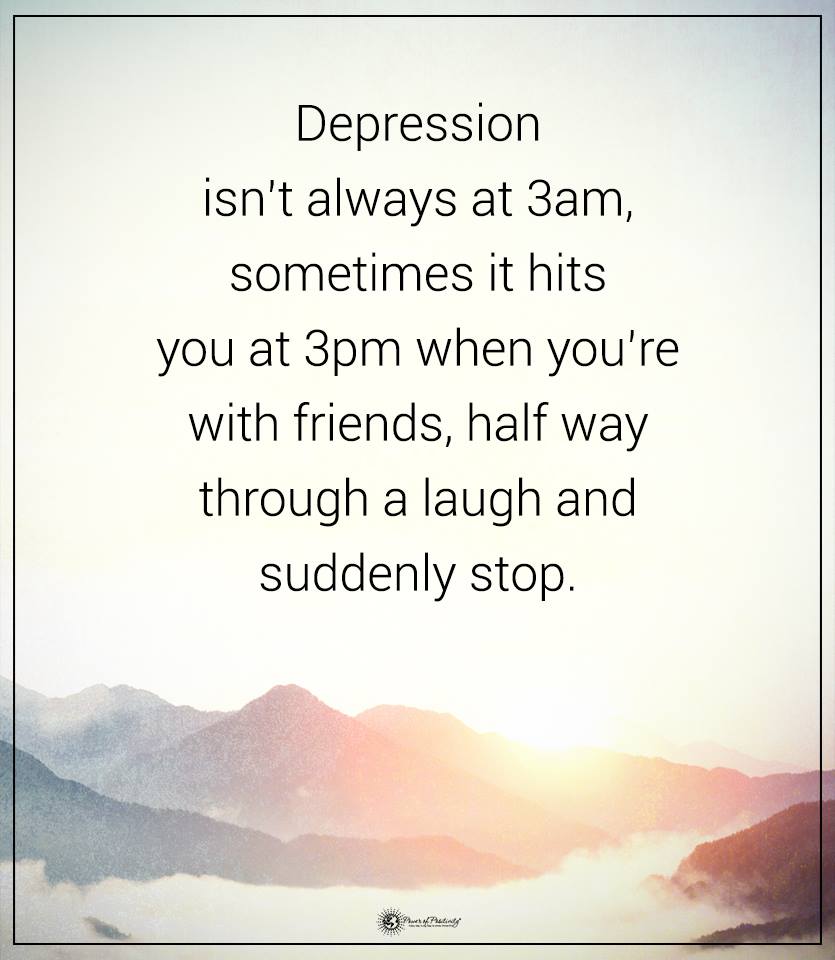As social beings, humans must form bonds and have relationships with others. It helps them feel secure as they develop a sense of identity. Cyberbullying is an issue that threatens that security, making it hard for teenagers to stay confident. Bullies come in all forms, but new technology makes the harm even more insidious.
The Internet and messaging apps have created new levels of bullying that did not exist before. Electronic communication can be beneficial as it allows you to connect with others quickly and easily.
However, many people use it as a tool to bully one another and tear each other down. As this situation becomes more common, researchers and experts are beginning to realize the connection between cyberbullying and teenage suicide.
Researchers recently published a study on this topic in the journal JAMA Network Open. Their study explored the link between the two issues, giving more insight into the problem. However, before discussing the study, it’s essential to discuss cyberbullying.
What is Cyberbullying
Cyberbullying is a type of bullying that involves sending electronic messages, posting information, or sharing images to harm someone. It’s a way to ostracize vulnerable people, and the bullies often don’t realize the potential consequences. The consequences can be severe, going as far as including suicidal behavior and ideation.

When someone cyberbullies, they use computers, cellphones, or other electronic devices to hurt someone. It involves the following:
- sending harassing or threatening messages
- posting negative comments about someone on social media or a website
- physically threatening or intimidating someone through any means of electronic communication
Cyberbullying is also a repeated behavior intended to harm the victim. Bullies don’t often give up until they achieve their harmful goals. If they obtain what they set out to do and hurt the other person, they might keep going to make it worse.
Traditional bullying involves victims seeing the aggressors in public. For teenagers, this often means seeing them in the school hallways or the cafeteria. Cyberbullying is entirely different because they can remain anonymous if they choose to.
Cyberstalking
On online platforms, the bully might engage in cyberstalking with many of the same characteristics as in-person stalking. However, it only happens online and includes repeatedly sending emails or private messages to scare or harass the victim.
Cyberthreats
Cyberthreats are when someone posts information online to get others angry at a victim. They might also include pressuring the victim to hurt themselves. Additionally, the threats can come from one person, and be specific.
What the Study Shows About the Connection Between Cyberbullying and Teenage Suicide
The study in the journal of JAMA Network Open helps us understand the connection between these two situations. Experts analyzed data of more than 10,000 children aged between ten and 13 years.
Participants filled out surveys, answering questions about their experiences. The results from this study indicated a strong connection between cyberbullying and suicide in children. Out of the group of children, more than 7% of them experienced suicidal thoughts or acts.
Methods of Cyberbullying
The study further broke down bullying into sub-categories. These categories aren’t limited to but include:
- trolling on social media
- being mean in text or private messages
- threats
- ostracizing
- gossiping
Connection Between Cyberbullying and Teenage Suicide
Researchers want to determine the connection between cyberbullying and suicide. They also consider how it contributes to depression, anxiety, and stress. Even if a child didn’t have suicidal thoughts initially, long-term symptoms of mental health conditions could lead them there.
Depression and Anxiety
When a victim gets targeted online, it causes feelings that trigger depression and anxiety. These feelings include:
- sadness
- shame
- worthlessness
- lack of self-esteem
- overwhelming stress
- vulnerability
- helplessness
Victims experience long-term psychological, mental, and sociological problems that those affected by traditional bullying. The teenage years are essential for developing self-esteem and a sense of identity.
When the development is affected by harmful situations, it disrupts the process. It causes them to have trouble making friends and developing positive relationships.
Cyberbullying allows negativity and harm to occur around the clock. Victims don’t only have to deal with it at school like with traditional bullying. The children also have to experience it at home and wherever they have their electronic devices.
These effects last well into adulthood, causing difficulties after the bullying stops. Depression contributes to suicidal thinking and behavior, so it’s a dangerous position for a teenager.
Suicidal Thoughts, Ideation, and Behavior
Experts have been interested in the psychological impacts of this experience. They’ve looked into the connections between bullying and suicidal ideation and continue researching. This ideation involves thinking about suicide and how to do it, but it doesn’t mean you plan to see it through.
Cyberbullying leads to a diminished sense of self-worth in the victim. Sometimes it goes so far as to make the victim feel like they don’t deserve to live. The victim might exhibit self-harm, an alarming sign that can escalate.
Limitations of the Study
This study on cyberbullying gives helpful insight, but there are limitations. Limitations will always be present because experimental methods are impossible. However, it is essential to note them to help you understand that there’s still more to learn.
This research is limited because the method only involves surveys. The problem with surveys is that some participants won’t answer honestly, even if it’s anonymous. They might under-report being victims because they feel embarrassed or guilty.
It also is a short study rather than following students over some time. Longer studies could help understand the long-term effects better and identify methods of easing the issue.
Behaviors and Characteristics of a Cyberbully
Cyberbullies can be any age, gender, race, or class. However, it’s more common amongst pre-teens and teenagers. Some of the characteristics to watch for include those who exhibit:
- aggression
- low self-esteem
- a desire for anonymity
- low-inhibition
- a need for power
- other risky online behaviors
- high beliefs in their internet abilities
- pride over their online persona
- a lack of internal moral values
- low agreeableness
- neuroticism
- a lack of self-control
Why People Cyberbully
The motivations for hurting people are hard to grasp for many people because you don’t want to hurt others. There are several unfortunate reasons why bullies use their power to control or harm another person, including:
- retaliation or revenge
- to achieve a goal or obtain a resource
- redirected feelings
- making themselves feel better
- jealousy
- seeking approval from others
- boredom
- lack of acceptance of those who are different from themselves
- believing there are no consequences
- fear of in-person confrontation
- thinking it’s funny
What Parents Can Do to Help Children Cope With Bullies
If you are the parent of a teenager, you might be worried about your child. They might not tell you when it occurs, so you’ll often have to figure it out.
Educate Yourself About Cyberbullies
As a parent, it is essential to learn about cyberbullying to help protect and encourage your children. Do what it takes to understand the problem and what can happen. You should also learn the signs and what to do if it happens to your child.
Educating yourself also involves understanding the social platforms your child uses. Your child has access to these platforms almost constantly, and you should learn about it.
Allow Your Child to Be Open and Honest Without Judgement
Teenagers may refrain from reporting cyberbullying for fear of getting in trouble with their parents. They might fear their parents will take their cell phones away or revoke internet privileges.
If you want your child to talk to you, try to avoid punishing them. You might fear for their well-being, but isolating them won’t help.
Give your child the confidence to be open and honest without letting them know they aren’t in trouble. When they talk to you, discuss a plan to deal with it together instead of making decisions without them.
Seek Professional Help to Recover
If you know or suspect your child is depressed, don’t hesitate to seek professional help. You don’t want to wait until it worsens, as they could be hiding the severity. Get your teenager help for depression, anxiety, stress, and feelings of helplessness.
If your child shows any signs of suicidal thoughts, ideation, or attempts, call for emergency help. You can also encourage them to call the teen suicide hotline at 1-800-USA-KIDS.
Cyberbullying: What to Watch For
Your teenager might not always tell you when they experience cyberbullying. Instead, watch for the following signs:
- frequent headaches
- recurrent abdominal pain
- trouble sleeping
- anxiety
- depression
- suicidal ideation
- self-harm
Final Thoughts on Study Warns of Connection Between Cyberbullying and Teenage Suicide
Cyberbullying has become a growing problem since social media platforms get more popular. It’s easy to send a meaningful message or post something harmful. Teenagers don’t always think about the consequences until it’s too late.
The connection between cyberbullying and teenage suicide is alarming. It is clear from this study that we need to plan to reduce bullying and help the victims. Even with the limitations, there’s no need to wait before learning how to handle it.
Parents can take proactive steps now to help their children with this experience. Be their safe space and let them talk openly without making them feel like they’re in trouble.




















